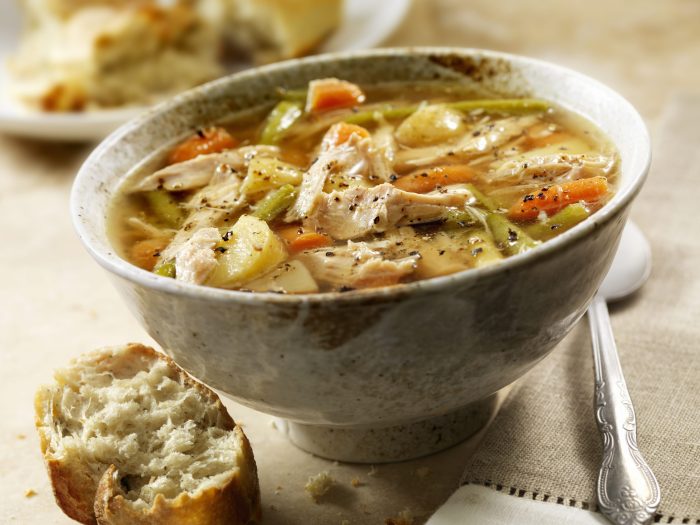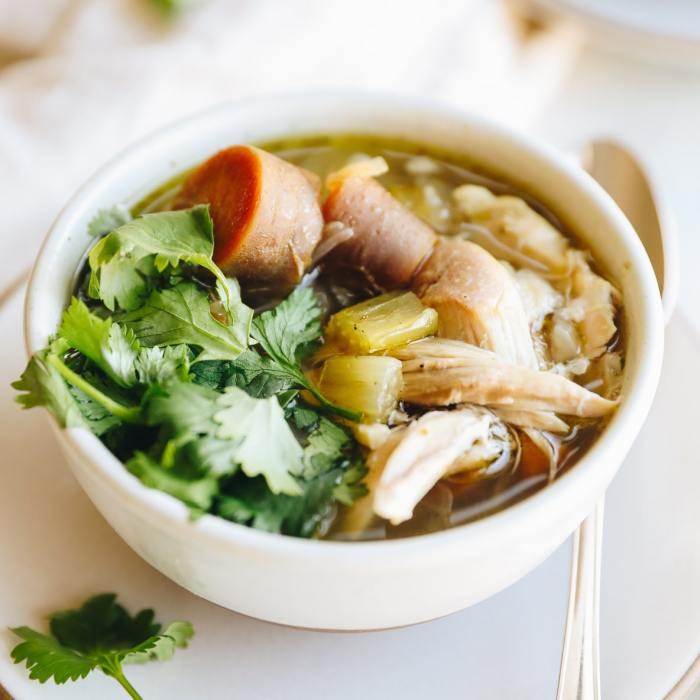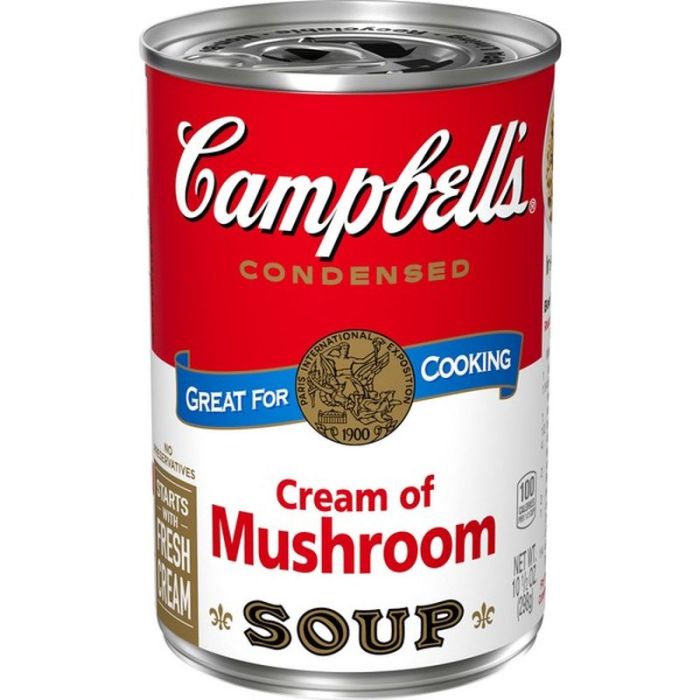Turkey Carcass Soup: A Culinary Treasure: Turkey Soup Recipe With Turkey Carcass

Source: fanpage.it
Turkey soup recipe with turkey carcass – The humble turkey carcass, often discarded after Thanksgiving or Christmas feasts, holds the key to a deeply flavorful and incredibly nutritious soup. This isn’t just about using leftovers; it’s about transforming a seemingly insignificant byproduct into a heartwarming, soul-satisfying culinary experience. The rich broth, brimming with collagen and nutrients, offers a comforting warmth that transcends mere sustenance. It’s a testament to resourceful cooking and a celebration of flavor, steeped in both tradition and practicality.
Introduction to Turkey Carcass Soup
Utilizing a turkey carcass for soup unlocks a wealth of benefits. The bones release collagen, creating a rich, gelatinous broth that’s not only delicious but also incredibly good for your joints and skin. This broth is packed with essential minerals like calcium, magnesium, and phosphorus, absorbed more readily than from other sources. Historically, using every part of an animal was a necessity, ensuring minimal waste.
This practice, deeply rooted in various cultures, reflects a respect for the animal and a commitment to resourceful cooking. In many traditions, this type of soup represents comfort, family gatherings, and the resourceful use of precious resources.
Ingredients and Preparation

Source: thehealthymaven.com
Gathering the right ingredients is the first step in creating this flavorful soup. Below is a detailed list, offering variations to cater to different tastes. Proper preparation of the carcass is crucial for maximizing flavor extraction.
| Ingredient | Quantity | Unit | Notes |
|---|---|---|---|
| Turkey Carcass | 1 | Whole | Remove all remaining meat; reserve for later use. |
| Water | 12 | Cups | Enough to cover the carcass completely. |
| Onion | 1 large | Whole | Roughly chopped. |
| Carrots | 3 | Medium | Peeled and roughly chopped. |
| Celery | 2 stalks | – | Roughly chopped. |
| Garlic | 4 cloves | – | Crushed or minced. |
| Bay Leaves | 2 | – | Adds depth of flavor. |
| Salt | 1-2 tsp | – | To taste; add gradually. |
| Black Pepper | 1 tsp | – | Freshly ground, if possible. |
| Other Vegetables (optional) | As desired | – | Parsnips, turnips, leeks. |
| Noodles or Rice (optional) | 1 cup | – | Added during the last 30 minutes of cooking. |
Preparing the carcass involves:
- Removing any remaining meat from the carcass and setting it aside.
- Breaking down larger bones into smaller pieces to maximize flavor extraction.
- Rinsing the carcass thoroughly under cold water.
Store the carcass in the refrigerator for up to 2 days before making the soup. Freezing is also an option.
Soup-Making Process, Turkey soup recipe with turkey carcass
The process of transforming the turkey carcass into a flavorful soup is both simple and rewarding. Each step contributes to the overall richness and depth of flavor.
- Combine the turkey carcass, water, onion, carrots, celery, garlic, and bay leaves in a large stockpot.
- Bring the mixture to a boil over high heat, then reduce heat to low, ensuring a gentle simmer.
- Simmer for at least 4 hours, or up to 6-8 hours for a richer broth. Skim off any foam or impurities that rise to the surface during the simmering process.
- After simmering, remove the carcass and vegetables from the pot. Strain the broth through a fine-mesh sieve or cheesecloth to remove any remaining bone fragments or solids. Discard the solids.
- Return the strained broth to the pot. Season with salt and pepper to taste. Adjust seasoning as needed throughout the process.
- Add any desired vegetables and/or noodles or rice during the last 30 minutes of cooking.
- Serve hot.
Simmering at a low temperature (around 180-200°F or 82-93°C) is crucial for extracting maximum flavor and collagen from the bones. This slow process allows the flavors to meld and deepen.
Variations and Additions
The beauty of this recipe lies in its adaptability. Several variations can enhance the flavor and nutritional profile of the soup.
- Vegetable-Based Variation: Add a variety of root vegetables like parsnips, turnips, and sweet potatoes for added sweetness and earthiness. Increase the simmering time slightly to allow the vegetables to soften fully.
- Noodle-Based Variation: Incorporate egg noodles, orzo, or even wild rice during the last 30 minutes of cooking for a heartier soup.
- Creamy Variation: Stir in a dollop of heavy cream or crème fraîche just before serving for a luxurious and velvety texture.
Adding different vegetables enhances both the flavor and nutritional value of the soup.
| Vegetable | Benefit | Preparation | Quantity |
|---|---|---|---|
| Spinach | Rich in iron and vitamins | Added during the last 5 minutes of cooking | 1 cup |
| Kale | High in vitamins A, C, and K | Chopped and added during the last 5 minutes of cooking | 1 cup |
| Green beans | Good source of fiber | Trimmed and added during the last 10 minutes of cooking | 1 cup |
Experiment with different herbs and spices to create unique flavor profiles. Thyme, rosemary, sage, and even a pinch of smoked paprika can add depth and complexity.
Making turkey soup from a leftover carcass is a fantastic way to minimize food waste and create a flavorful broth. If you’re looking for other delicious ways to use up leftover vegetables, you might enjoy exploring some creative spaghetti squash soup recipes ; they’re surprisingly versatile! Then, once you’ve experimented with those, you can return to your turkey carcass and make an even more amazing soup, perhaps incorporating some of the squash’s unique flavor profile.
Serving Suggestions and Storage
Presenting the soup is as important as its preparation. A visually appealing presentation enhances the dining experience.
Serve the soup in warmed bowls. Garnish with fresh herbs like parsley or chives, a swirl of cream, and a sprinkle of freshly ground black pepper. Serve with crusty bread or a simple salad for a complete meal. Store leftover soup in airtight containers in the refrigerator for up to 3 days. Reheat gently on the stovetop or in the microwave, avoiding high heat to prevent scorching or altering the texture.
Illustrative Descriptions
The simmering broth initially appears relatively clear, gradually deepening in color and richness as it simmers. After several hours, it transforms into a golden amber hue, its clarity yielding to a slightly opaque richness, hinting at the collagen released from the bones. The aroma is initially subtle, then develops into a complex blend of savory meatiness, subtle sweetness from the vegetables, and a hint of aromatic herbs.
The finished soup possesses a velvety smooth texture, enhanced by the gelatin released from the bones. The taste profile is a harmonious balance of savory, subtly sweet, and herbaceous notes, with a lingering warmth that leaves a comforting impression.
Helpful Answers
Can I freeze the leftover soup?
Yes, leftover turkey soup can be stored in airtight containers in the freezer for up to 3 months.
What if my broth is too salty?
Add a peeled and diced potato to the soup during the last 30 minutes of simmering. The potato will absorb excess salt.
Can I use a different type of poultry carcass?
Yes, chicken or other poultry carcasses can be used as a substitute, but the flavor will differ.
How can I make the soup thicker?
Add a cornstarch slurry (1 tablespoon cornstarch mixed with 2 tablespoons cold water) to the soup during the last 15 minutes of cooking. Stir constantly until thickened.


